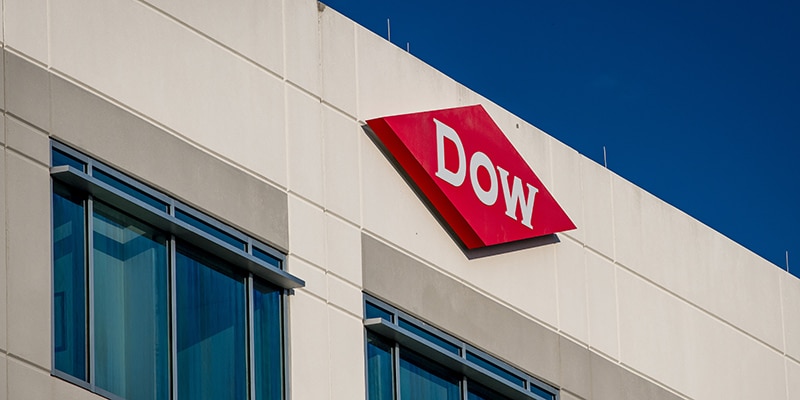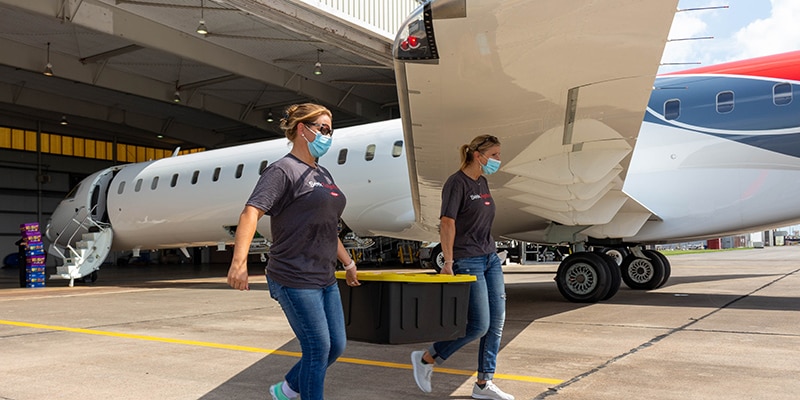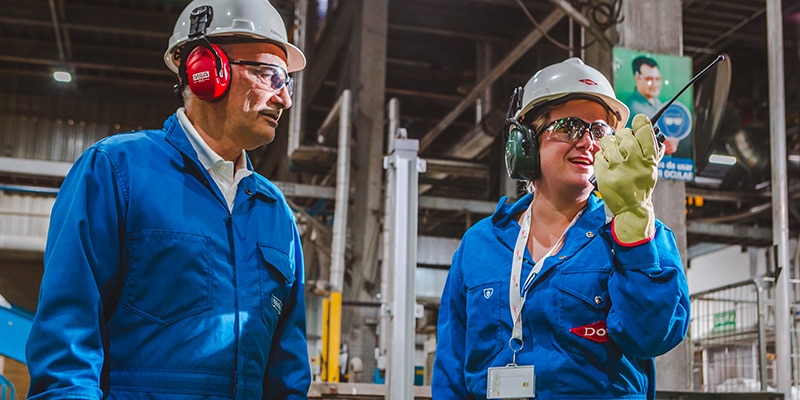
Safeguarding Food Systems with
Responsible Packaging
If unaddressed, the waste from today’s food systems will continue to undermine the fight against climate change.
To Imagine Better is to ensure that innovative solutions to today’s most pressing challenges work together to deliver net positive outcomes. It means pushing boundaries to set new, game-changing standards while steadfastly refusing to compromise for the sake of siloed solutions. And in honor of World Food Day, we’re exploring how we can apply this thinking to food and packaging waste.
Take the juxtaposition that currently exists with food waste and packaging waste: there are millions of people who are in need of fresh food, but research by the EPA shows that almost half of all municipal solid waste by weight is made up of food and food packaging materials. At The Wall Street Journal’s Global Food Forum recently, I spoke with Leigh Gilmore about Dow’s work to safeguard food, which includes the responsible and innovative use of plastics to advance the circular economy. As we commemorate World Food Day 2022 (Oct. 16), and at a time when the war in Ukraine, climate change and even inflation are adversely affecting food systems, the role plastic innovation can play is significant and cannot be overlooked.
Our partners at ReFed estimate that somewhere between 23% to 42% of global greenhouse gas emissions can be attributed to food waste – an amount equivalent to, or more than, the aviation industry. In other words, if unaddressed, the waste from today’s food systems will continue to undermine the fight against climate change.
Traditionally, single-use plastic packaging has been used to keep food fresh, but leaves its own negative environmental impact when discarded and sent to a landfill. No packaging, plastic or otherwise, need end up as waste. Moving forward, finding a solution that balances the preservation of food and unnecessary packaging waste is a critical challenge that we at Dow are focused on solving by looking at issues beyond how fresh food is delivered. It is critical to also understand and solve for the impact of our waste on sustainability and carbon reduction goals for our climate.
We are working to tackle this complex, global issue with science and data to inform the right packaging decisions. The cheese served as part of the Global Food Forum event provides an ideal example. The CO2 equivalent for one kilogram of cheese is 178 times more than its packaging. Conversely, the CO2 impact of product versus package for arugula is only 0.36 and could be even more sustainably packaged. We are also exploring ways to use new materials – such as bio-based materials and recycled feedstocks– to decrease the carbon footprint of products by reducing the amount of fossil fuels used in producing them.
With nearly 768 million people around the world facing hunger according to the UN, the ability to leverage creativity and diverse perspectives to determine how we can waste less food while extending shelf life is essential. By slowing down the clock from harvest to utilization or disposal, we can increase security of supply, expand distribution and, ultimately, feed more people.
With applied technology and sustainability at the center, we can find success on both fronts. For example, vacuum thermoform packs can lend chicken a shelf life of two weeks, not to mention reduce packaging surface area that impacts CO2 levels and eliminate all too common (and non-recyclable) polystyrene trays. And importantly, we can look to partnerships with aligned organizations to investigate best practices in food ecosystems, like regenerative agriculture, that can help transition us towards a more equitable and sustainable future for food.
These exciting and inspiring innovations show that when we Imagine Better with purposeful design and strategic partnerships, we can and will create a more balanced harmony among sustainable food ecosystems and a circular economy.
Haley Lowry, Director of Sustainability at Dow





